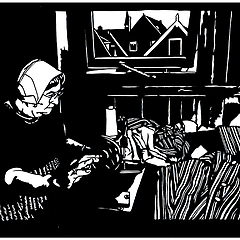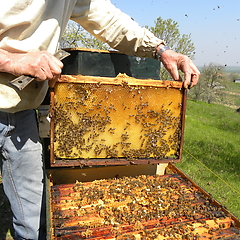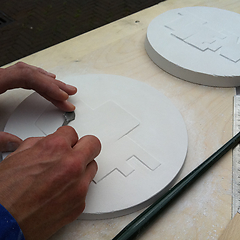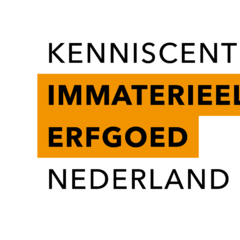Staphorst dotwork is a technique to decorate fabrics and other materials. Dots of paint are stamped on the fabric. Each stamp has its own colour and as the shapes and the colours are combined, patterns are formed. Each ‘dotter’ develops his or her own stamps and patterns. Some patterns and designs are repeated, like leaves and flower patterns or examples from folk art. The colours that are used tell us something about the wearer. Blue, for instance, is the colour of mourning. The more colour is used in the blue patterns, the less heavy is the mourn. Red, on the other hand, is only worn outside the mourning period. By modernising the paint and the stamps, it is now possible to print other materials than fabrics and the dotted fabrics can be washed in the machine. The principle and the technique of the dotwork have not changed. Nowadays plastics and other synthetic materials are printed with dotwork in Staphorst. Traditional Staphorst dotwork on modern utensils and clothing, like jewellery, underwear, bathing costumes and Christmas baubles.



